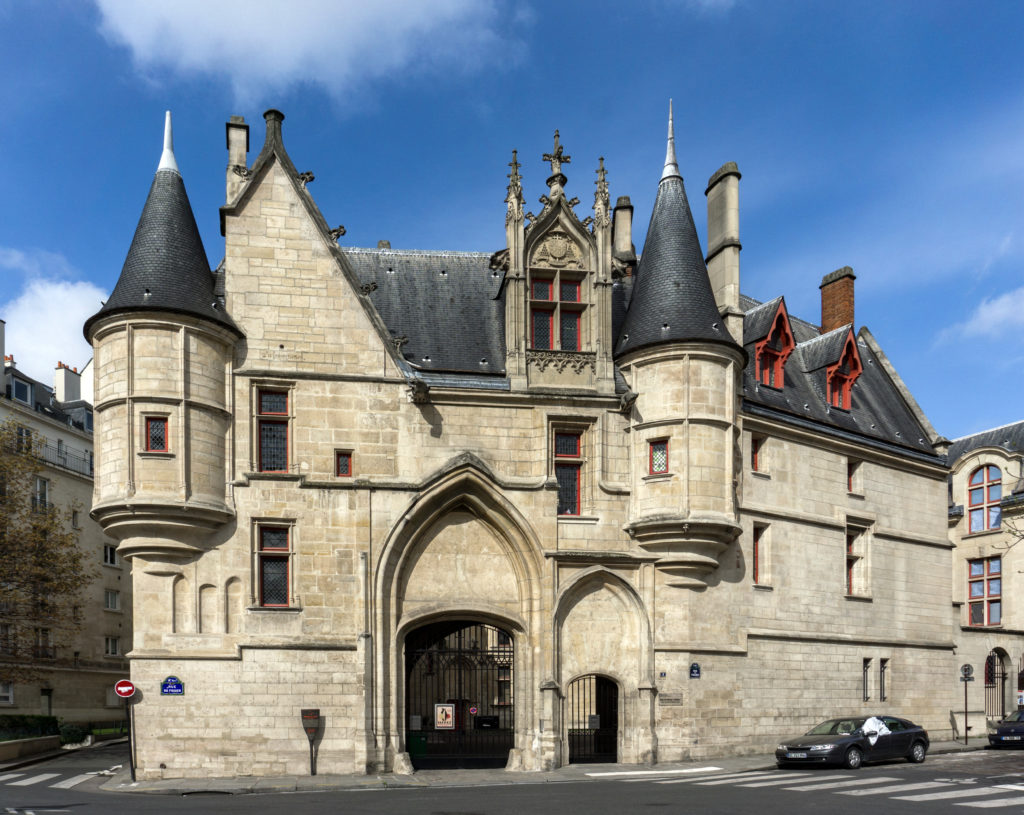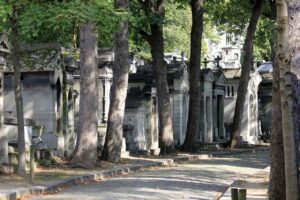The Marais district of Paris used to be the heart of luxury in the city. For over four centuries, the aristocracy of France built their hôtel particuliers, private mansions, in what is now the 3rd and 4th arrondissements of Paris. It was a way of staying close to the royal court, which was then lodged at the Louvre, and therefore staying close to the seat of power. Thankfully, many of these magnificent buildings still stand. Most of them, however, are no longer private residences. Instead, they now house museums, libraries, and other public administrations. There are many hôtel particuliers to discover as you explore the winding streets of the Marais. But my personal favourite is the Hotel de Sens.
A Residence of Sens
The Hotel de Sens has a history steeped in royalty. Sens is a region about 120km southeast of Paris, and its Archbishops first built their private residence in Paris in the mid-14th century. The building was located where the Hotel de Sens now stands, and it was used by King Charles V when he took up residence in the Marais. It was later abandoned when Charles moved the royal court to the Louvre in 1364. By the mid-15th century, the building was in ruin.
In 1475, Tristan de Salazar, the Archbishop of Sens and a private councillor to the King, decided to rebuild the crumbling mansion. Construction began in 1475 and was completed in 1519, a year after Tristan’s death. Tristan sadly never resided in the beautiful residence he had constructed. But it did house many prominent clergyman over the years. And not just the clergy. Margaret of Valois, ex-wife of King Henri IV, lived there briefly between 1605 and 1606. She moved out shortly after one of her lovers was murdered by a jealous rival in front of the main door. I imagine the building lost a bit of its shine after that.
The Hotel de Sens was ultimately confiscated as a national property in 1790 during the French Revolution. It went on to be used as a factory, a laundry, and a glass warehouse, among other uses. The building was finally sold to the city of Paris in 1911, and classified as a historic monument in 1912. It subsequently underwent extensive renovations, and in 1961, the Forney Library was permanently installed there.
The Cannonball of Hotel de Sens
Today, the Hotel de Sens is considered to be one of the finest examples of medieval civil architecture in Paris. But that’s not its main attraction, as beautiful as its architecture may be. No, most people seek out the Hotel de Sens because of what is embedded in that architecture. This story is from 1830, when protests broke out across Paris in reaction to King Charles X’s July Ordinances. What began as a simple protest quickly devolved into rioting and warfare, and thousands of barricades were erected throughout the city. When the dust had settled three days later, King Charles X had abdicated, and Louis Philippe, the last King of France, had come to power.
This revolution is now remembered as the Three Glorious Days, as it lasted from July 27th to July 29th. And in the middle of this violence, on July 28th, a cannonball was fired at the Hotel de Sens. It didn’t do much damage though. Instead, it simply got lodged in the facade. It’s still there to this day, with the date of July 28th, 1830 inscribed underneath. Today, it is a vestige of the French Revolution that draws thousands of visitors every year.
You don’t have to enter the Hotel de Sens to see the cannonball. It is visible from the street, and in fact, can be seen in the image above. But I recommend a visit to the Hotel de Sens nonetheless. It hosts exhibitions throughout the year that are free to the public. You can browse the thousands of books in the library. And you can relax in the beautiful public garden behind the building. It’s a beautiful way to spend an afternoon in the Marais.
Laura Moore is a professional storyteller who loves history and the many stories that make Paris one of the most fascinating cities in the world. Join one of her signature tours to learn the story of a city.




